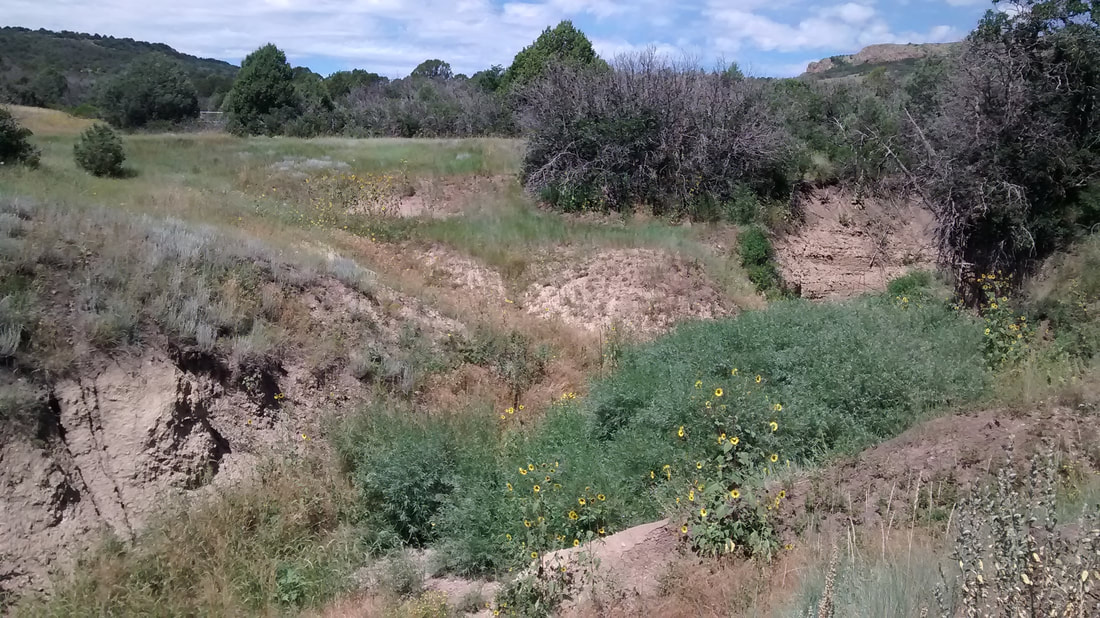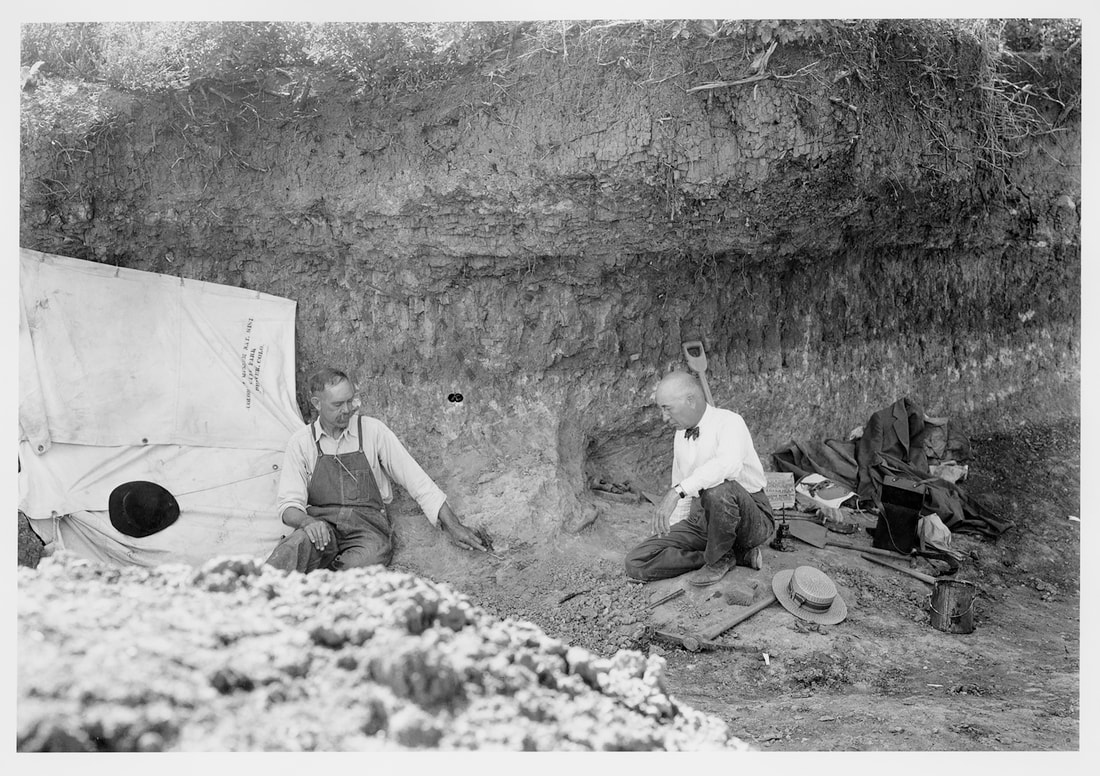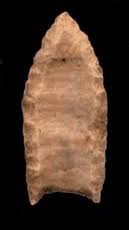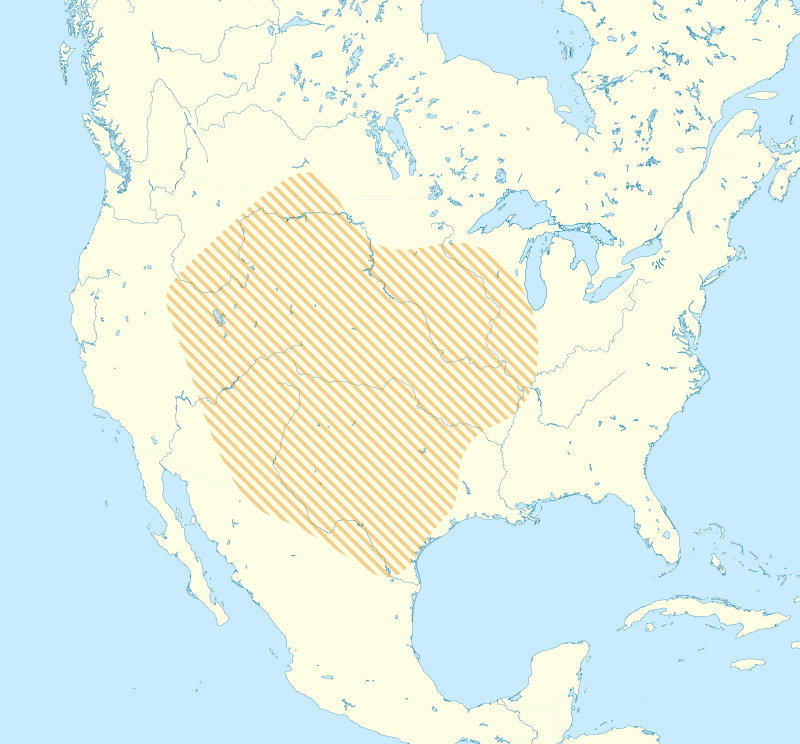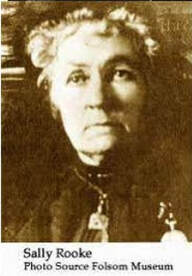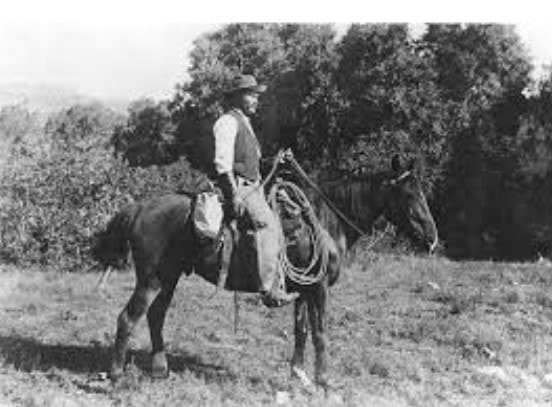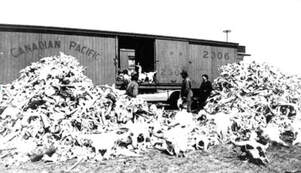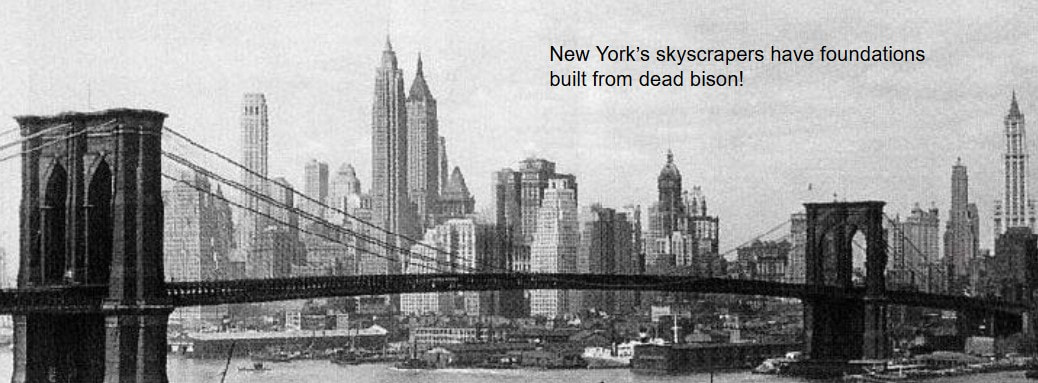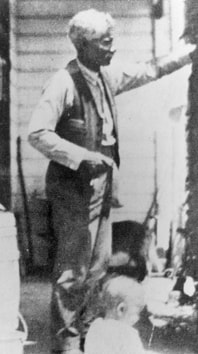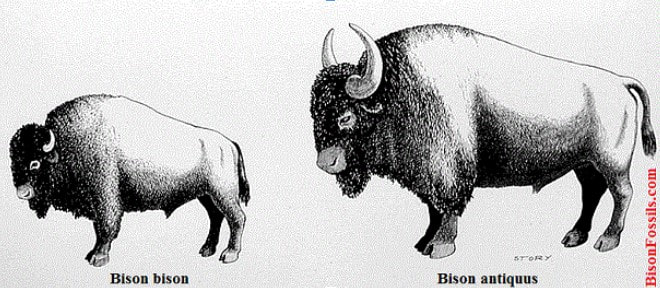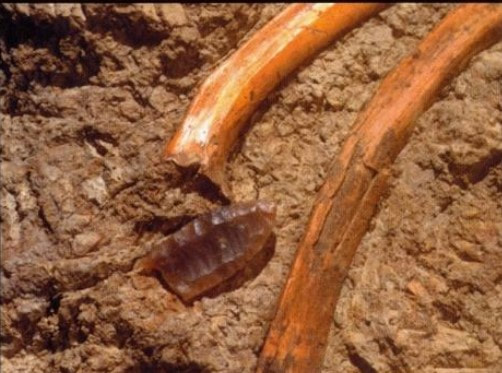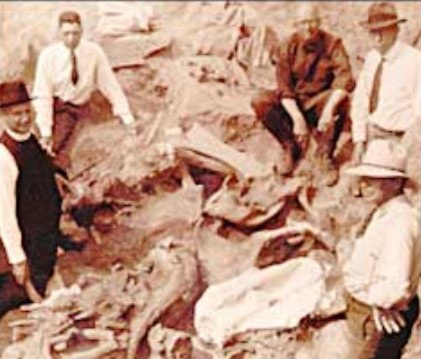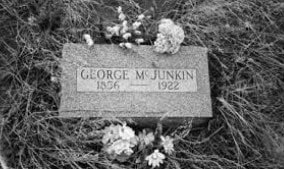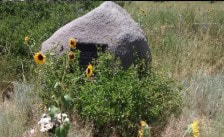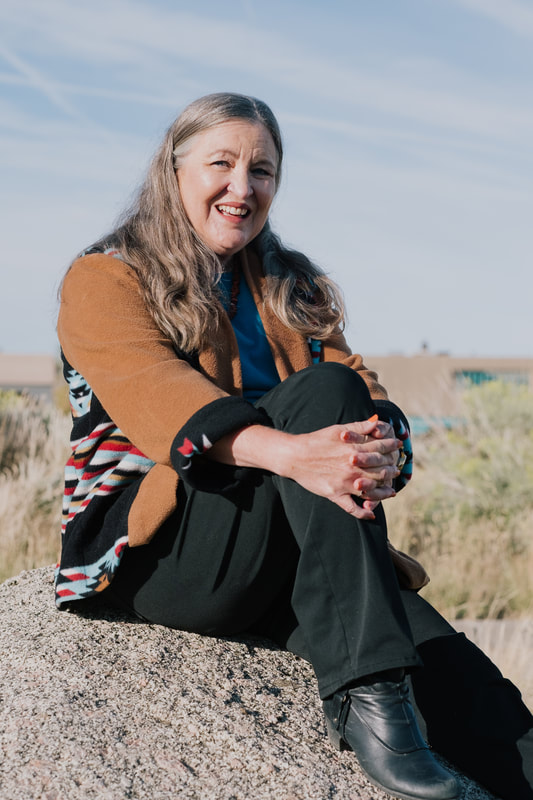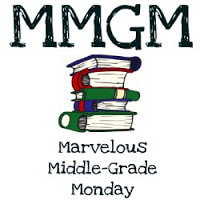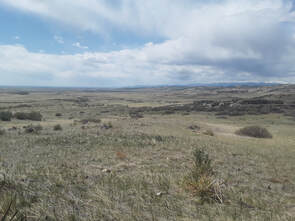
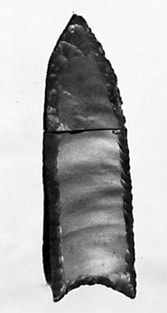 point from the Lindenmeier Site, 1934
point from the Lindenmeier Site, 1934 Folsom Man is named after the small town of Folsom, New Mexico, In 1908, a devastating flood unearthed bison bones that were exceedingly large. It wasn’t until 1925, when scientists finally investigated the site, that stone points were found with the bones. The bones were determined to be those of bison antiquus, an ancestor of the modern bison that had died out approximately 10,000 years ago.
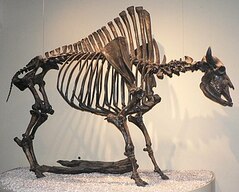 Bison Antiquus. They were 25-30% larger than present day bison.
Bison Antiquus. They were 25-30% larger than present day bison. The Folsom Site is just a kill site. It contains bones and stone points, but there is no evidence of habitation, no campfires, no other tools or implements. Although it proved that man was in the Americas much earlier than previously supposed, it shed little light on who these people were.
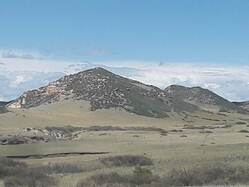
The site is listed on the National Register of Historic Places and is designated a National Historic Landmark. Artifacts from the site are held by the Smithsonian Institution, the Denver Museum of Nature and Science, the Fort Collins Museum of Discovery, and in private collections.
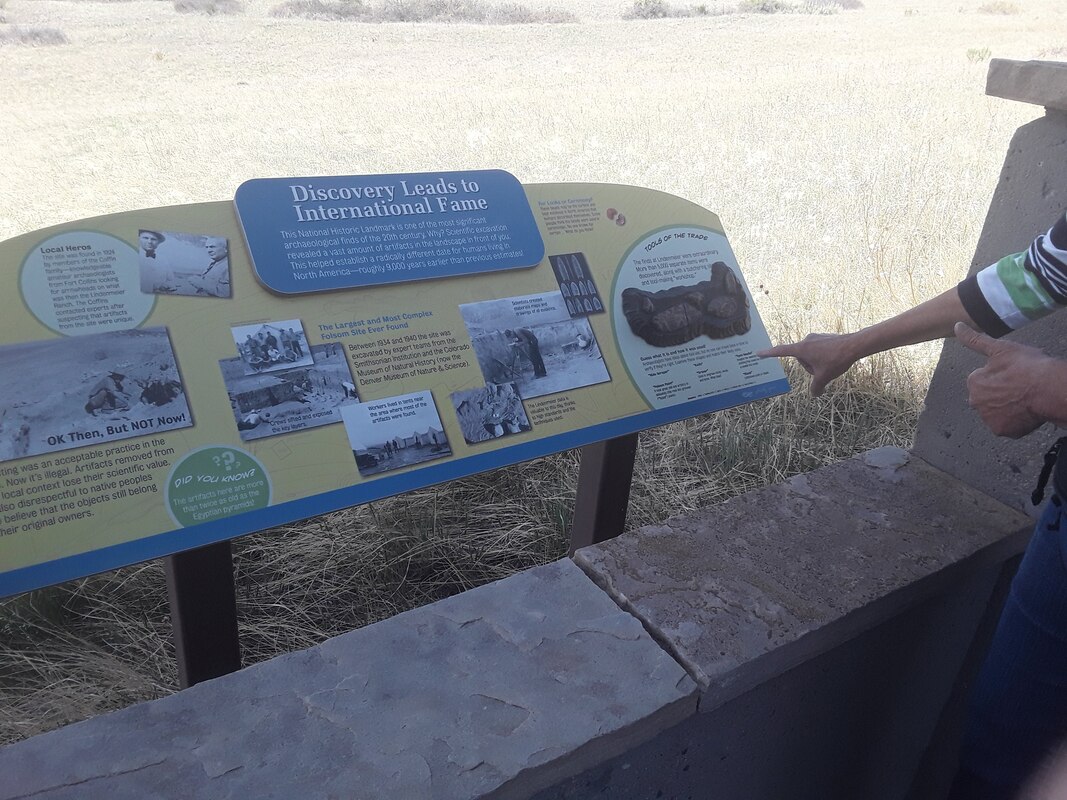
https://fortcollinsimages.wordpress.com/2017/04/02/lindenmeier-a-folsom-man-site/
https://www.fcgov.com/naturalareas/finder/soapstone

The booklink in the above blog is for Bookshop.org, an online bookseller that gives 75% of its profits to independent bookstores, authors, and reviewers. If you click through my book lists and make a purchase on Bookshop.org, I will receive a commission, and Bookshop.org will give a matching commission to independent booksellers. But if you’re not looking to buy, ask your local library for a copy, and request that they buy one if they haven't already.
